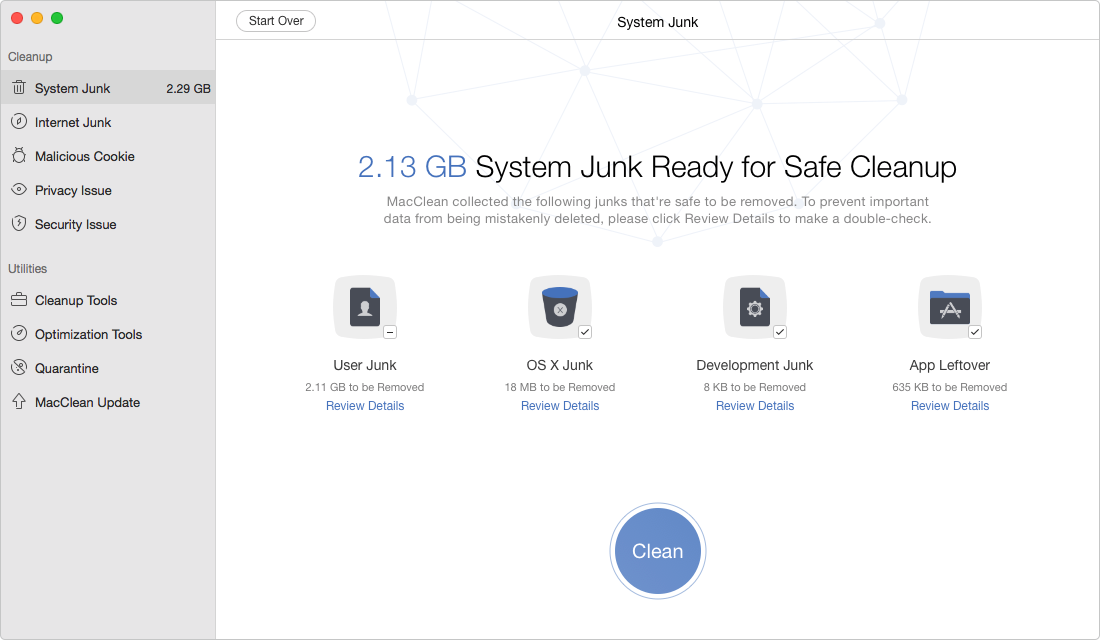

If so, then disable COM add-ins or Exchange Server client extensions from Outlook, and, restart it. If no problem occurs when Outlook app is running in Safe Mode, then it confirms one of the add-ins is causing the slow Outlook performance. If you decide just to fill empty slots, the same applies. First, run Outlook in Safe Mode by pressing CTRL button when Outlook starts. It’s a good idea, though not essential, to buy all the RAM you fit at the same time from the same manufacturer. That will often mean removing the existing modules and replacing them. But as a rule of thumb, the effort of performing the installation compared with the marginal cost of bigger RAM modules means that it’s worth maxing out your Mac’s RAM in one go.

How much RAM you add and how you add it is dependent on your Mac. If it turns red regularly, it’s worth the expenditure. Speed up a slow Mac Log out other Mac users Reduce Mac startup items Quit unused Mac applications Use the Mac Activity Monitor Clear some hard drive space. If it’s permanently green, you’re probably not going to see a huge difference by upgrading.

The easiest way to do this is to fire up Activity Monitor (it’s in Applications/Utilities), click on the Memory tab and keep an eye on the memory pressure gauge at the bottom of the window. Before you go ahead and spend money, however, it’s worth trying to figure out how much of a difference it will really make, if any. In the past adding more RAM was the go-to solution for improving a Mac’s performance.


 0 kommentar(er)
0 kommentar(er)
